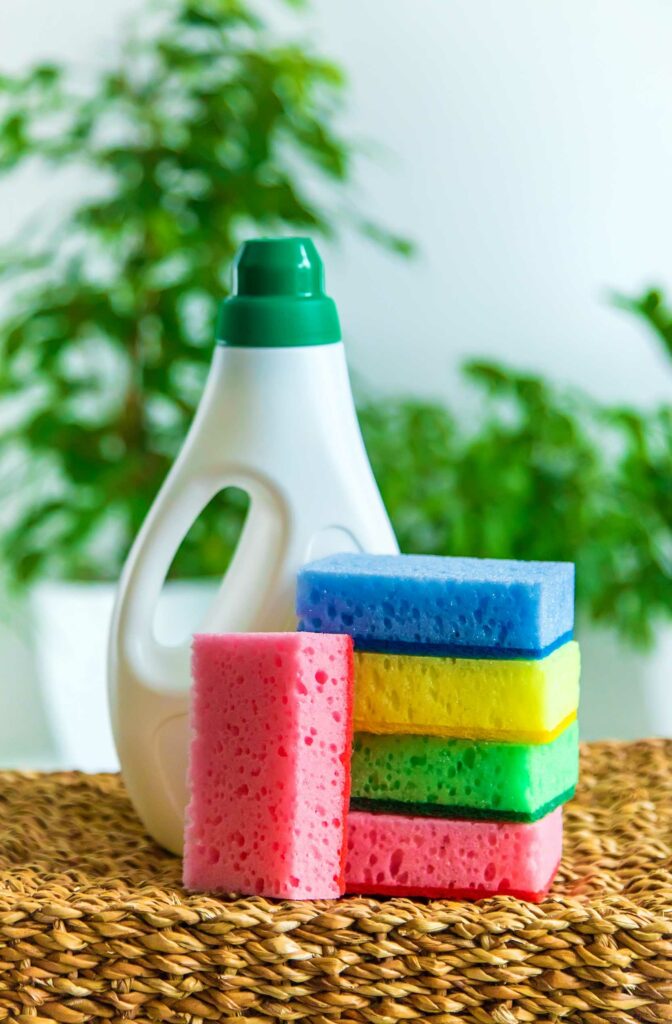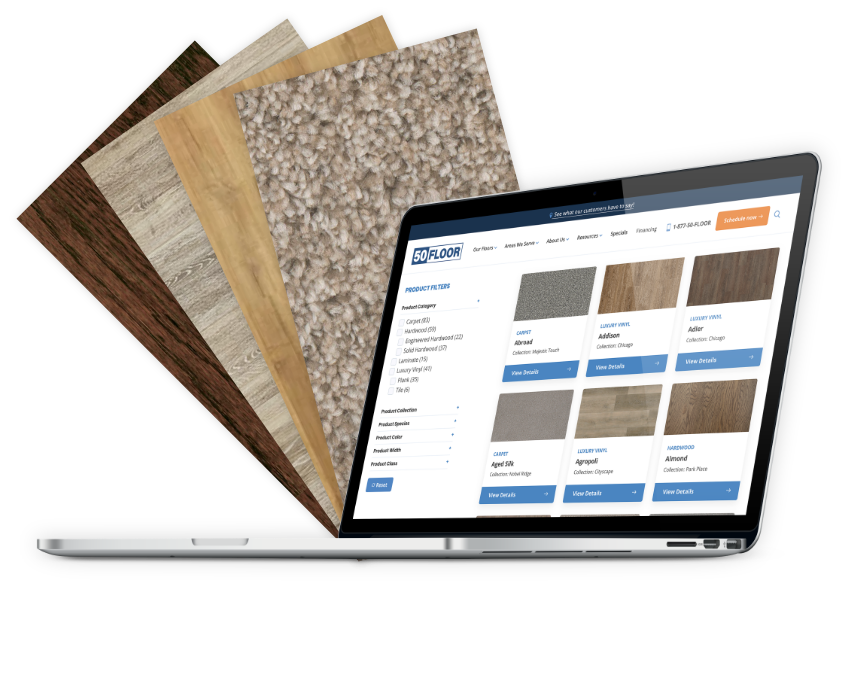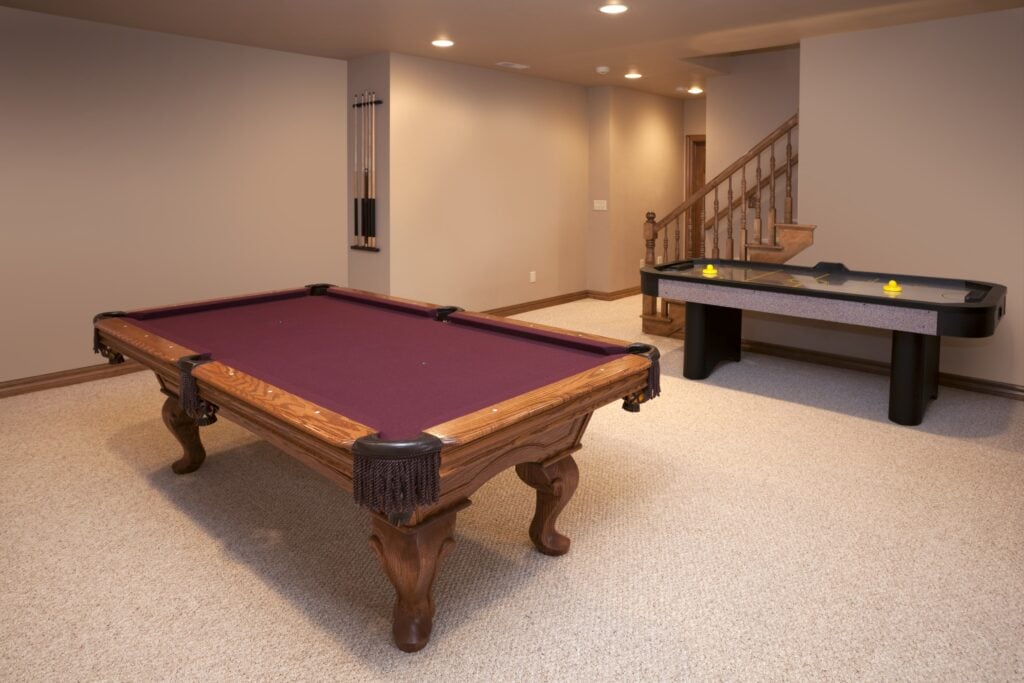Can you steam clean a berber carpet? Yes!
Berber carpet, known for its looped design and durability, presents cleaning challenges compared to other carpet types.
Its tight weave, while contributing to its hard-wearing nature, can trap dirt and spills. So, can you steam clean a berber carpet without causing damage?
Let’s unravel this question and explore the best practices for keeping your Berber carpets clean and fresh.
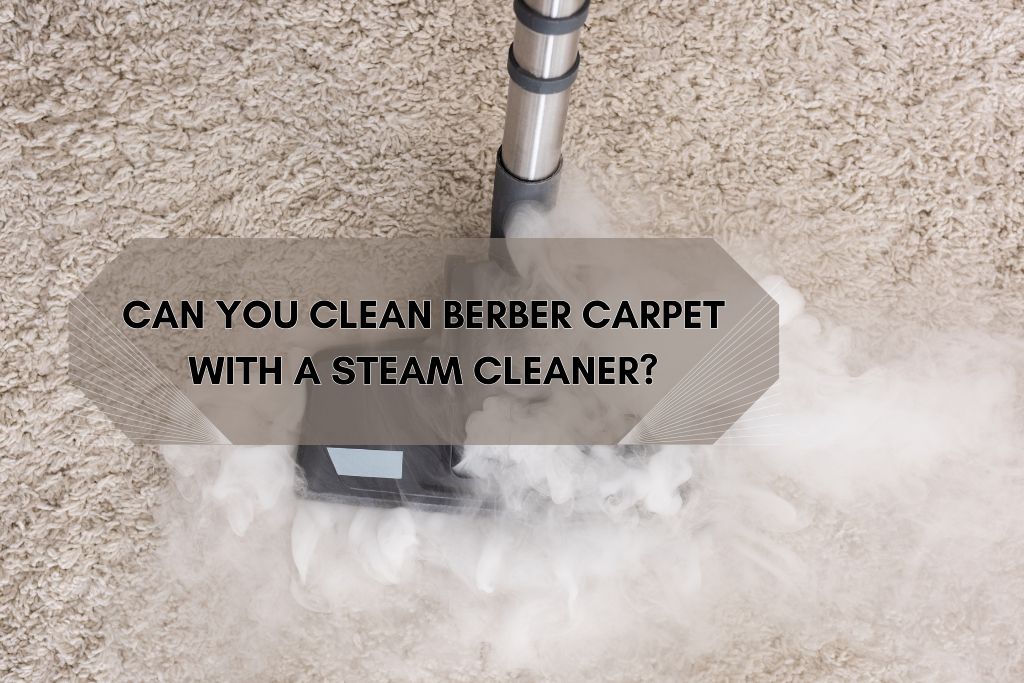

Understanding Berber Carpet and Its Cleaning Needs
Before we dive into the steam cleaning debate, it’s helpful to understand what makes Berber carpet special.
This carpeting, inspired by traditional Berber rugs from North Africa, boasts a looped pile construction that gives it a distinct textured appearance. These loops can be made from various materials, such as wool, nylon, or olefin, each affecting the carpet’s durability and stain resistance.
Berber carpet, especially when treated with stain-resistant solutions, tends to be durable and can withstand high-traffic areas. But those loops are its Achilles’ heel when it comes to cleaning.
The tight weave can make it harder for cleaning solutions to penetrate and for dirt to be extracted. Also, certain cleaners can worsen the situation.


Can You Steam Clean a Berber Carpet? Debunking Myths and Best Practices
Contrary to what some might believe, steam cleaning can be an effective method for cleaning Berber carpets. But, like a delicate dance, it requires careful execution.
This method, when used properly, can be highly effective at removing deeply embedded dirt, allergens, and even some stubborn stains without soaking the carpet excessively.
Here are some key tips for safe and effective steam cleaning on Berber carpets:
Use a Quality Steam Cleaner: Invest in or rent a steam cleaner specifically designed for carpets, with adjustable settings for water temperature and suction power. This control lets you tailor the cleaning intensity to your Berber carpet’s needs.
Pretreat Stains: Remember those pesky stains? Don’t let them win. Pre-treat heavily soiled areas, especially high-traffic areas or spots prone to spills.
You can do this using a diluted solution of carpet cleaner specifically designed for Berber carpets or a gentle, DIY alternative like a baking soda paste. Allow the pretreatment solution to sit for a few minutes before steaming.
Don’t Over-Saturate: A common misstep when steam cleaning Berber carpets (or any carpets for that matter) is soaking the carpet. Avoid this.Over-saturation can lead to mold growth, unpleasant odors, and damage to the carpet backing. Less is more. Apply the cleaning solution sparingly and extract as much water as possible. For peace of mind, run the vacuum over the cleaned area several times to ensure proper drying.
Gentle Drying: Speed up drying time by using fans or opening windows to increase airflow in the room.
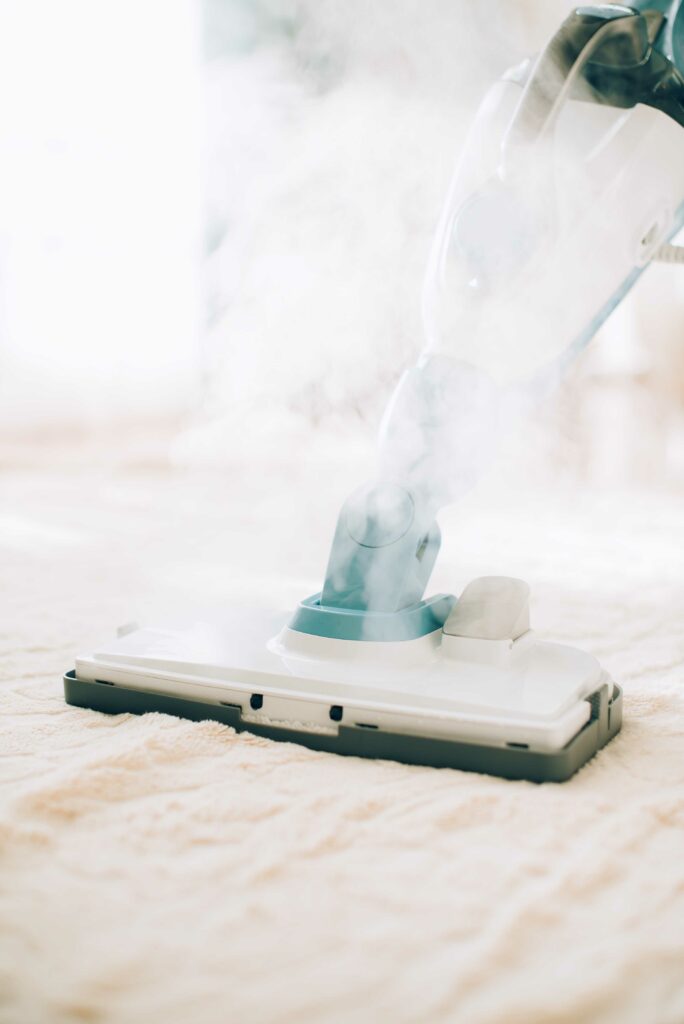

Alternatives to Steam Cleaning
Steam cleaning is an option, but maybe you’re wondering if there are other, equally effective methods. The answer? Absolutely.
There are alternatives that might work even better, depending on your specific needs. Let’s take a look at them.
Dry Cleaning
As their name suggests, dry cleaning methods involve minimal water usage. This approach is preferred for carpets prone to shrinking or those sensitive to moisture.
Here are the most popular dry-cleaning options:
Dry Carpet Shampoo: Using a specialized powder or foam that absorbs dirt and breaks down stains, this method involves working the product into the carpet fibers using a brush or a machine and then vacuuming it up. Make sure to choose a product formulated for your specific Berber fiber type.
Bonnet Cleaning: Best for a quick refresh, this involves using a rotating brush soaked in a cleaning solution. While convenient, keep in mind that bonnet cleaning is generally less effective for deep cleaning compared to dry shampoo or steam cleaning methods.
DIY Solutions
Sometimes the best approach involves simple, readily available ingredients:
Baking Soda and Vinegar: Sodium Bicarbonate, commonly called baking soda, works wonders for neutralizing odors, while white vinegar helps break down dirt and stains.
Combine them for an eco-friendly and effective way to tackle various spots. Create a paste of baking soda and water, gently rub it onto the stain, and let it dry completely before vacuuming.
Follow up with a mixture of equal parts water and white vinegar to lightly mist the area, blotting up any excess moisture.
Dish Soap and Water: This classic combo surprisingly works wonders for everyday messes. Mix a small amount of clear dish soap (avoid colored or heavily fragranced versions) with warm water.
Use a clean cloth or sponge to dab the solution onto the stain. Work from the outer edge of the stain inward, preventing it from spreading. Blot, do not scrub.
Regardless of the cleaning method you use, always test it on a small, inconspicuous area of the carpet before a full-fledged cleaning spree. This ensures that the cleaning solution doesn’t cause any unexpected discoloration or damage.
